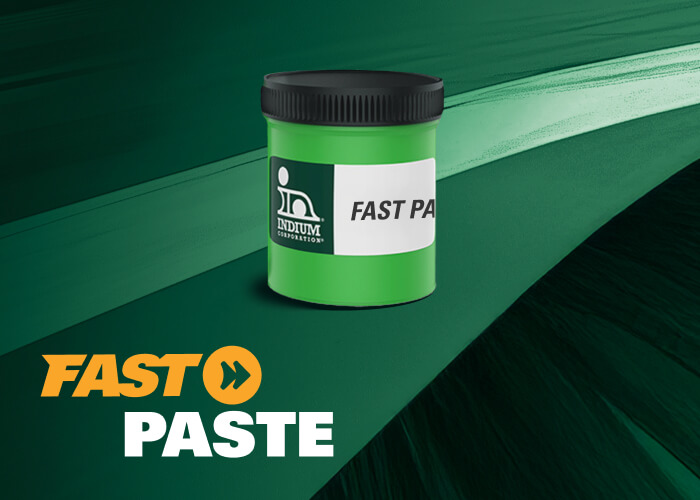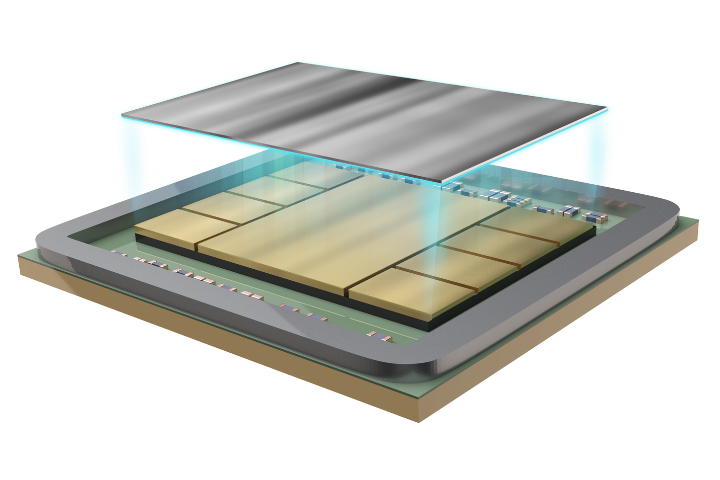Recently, I've fielded several requests to clarify the distinction between "halide-free" and "halogen-free." Both terms apply to the composition of soldering fluxes in the electronics assembly industry. While some may use the terms interchangeably without any repercussions, the definitions are not synonymous. This topic can get a bit confusing, so in this article, I'll outline the difference between halides and halogens in the context of both industry standards and general chemistry.
What You Need to Know
Understanding these terms in the context of industry standards is crucial. For a standardized definition of "halide-free," we refer to J-STD-004 (Rev. C). J-STD-004C defines "halide-free" as a flux that contains less than 0.05% of combined halide ions (F-, Cl-, Br-, I-) as a weight percentage of the solid portion of the flux. The analytical test method "ion chromatography" is performed on flux in the unheated state. The halide content of a flux is designated by the final character in the flux classification: 0 for halide-free, 1 for halide-containing.
On the other hand, IEC 61249 defines "halogen-free" as a material with residue that contains less than 0.09% of chlorine (all forms), less than 0.09% of bromine (all forms), and less than 0.15% of chlorine and bromine combined. The analytical test method (per J-STD-004C) "bomb calorimetry," followed by ion chromatography, is performed on flux residue in the final reflowed residue form. The halogen test is optional, and there is no standardized character designation.
Why You Need to Know
The concentration of halides is monitored because halides have thepotential to corrode solder, which can lead to dendritic growth in the presence of an applied electrical bias and moisture. When no-clean products pass J-STD-004 SIR & ECM testing and are used correctly, this is not a concern. For flux residues that must be cleaned (water-soluble), using a thorough, effective cleaning process should prevent any corrosion. It is crucial to reiterate that a halide-containing flux is not inherently harmful to an assembly. The presence of halides simply mustbe characterized to promote the design and assembly of an electrochemically reliable device.

In contrast, the decision of a manufacturer to exclusively use halogen-free products is driven by environmental considerations. The halogens in the chemistry of a flux are typically halocarbons, which have the potential to pollute the environment when assemblies with halogen-containing flux residues are improperly disposed of. While halogen-containing fluxes are used every day globally, an individual company may elect to self-impose regulations that reject the use of halogen-containing fluxes to avoid this issue altogether. There are no government regulations that outright ban the use of all halogen-containing solder materials in electronics. Because there is no technical need to characterize halogen content, the halogen test is optional.
Where It Gets Confusing
For those with more technical curiosity, here’s a deeper exploration:
- In general chemistry, halogens are the elements in group 17 of the periodic table. A "halide" is any halogen-containing compound. Halides can be broken down into two main categories: ionically bonded and covalently bonded. In ionically bonded compounds, atoms with opposing charges (positive and negative) attract each other. If the negatively-charged atom is a halogen, it's considered a "halide ion." However, in the electronics industry and its standards, the term "halide" technically refers to a "halide ion." The ion chromatography analysis does not detect the concentration of all halide species, only ionic halide species.
- Based on standard definitions, a flux could technically be classified as both "halide-free" and "halogen-containing." Activators, one of the primary components of fluxes, are the chemicals that dissolve and remove oxides to enable soldering. Typically, activators are halocarbons or organic acids, and halocarbons are particularly effective at removing oxides. If a flux is formulated with halocarbons, halide ions can form within the flux due to side reactions. This is why many flux-containing products, notably solder paste, will be halide-containing if they are halogen-containing. However, it shouldn’t be assumed that a halide-free flux is also halogen-free.
- Using the same analytical method for halogen content, J-STD-004 defines flux residues as "low halogen" if Br ≤ 0.1% and Cl ≤ 0.1%. Yet, it's uncommon to see a flux-containing material labeled as "low halogen."
- A common question I get asked is, "What does the 'HF' in [product name] stand for?" Indium Corporation offers many solder pastes and fluxes with "HF" in the title (like Indium8.9HF, for example). The HF stands for halogen-free. However, not all halogen-free products have "HF" in their name. If a product is halogen-free, it will be noted on it's product data sheet.
While this is a lot of information to digest, it's important not to overthink it. For many assemblies, choosing between halide-free and halide-containing, or halogen-free and halogen-containing, is not going to make or break the device. There are many more factors to consider when selecting the optimal solder material. If you're in the market for flux and solder, we encourage you to have a conversation with a member of our technical support team. We'll be happy to discuss your project and help you navigate our portfolio of electronics assembly materials.
Further Reading
For more information on flux characterization by J-STD-004, feel free to check out these articles:



